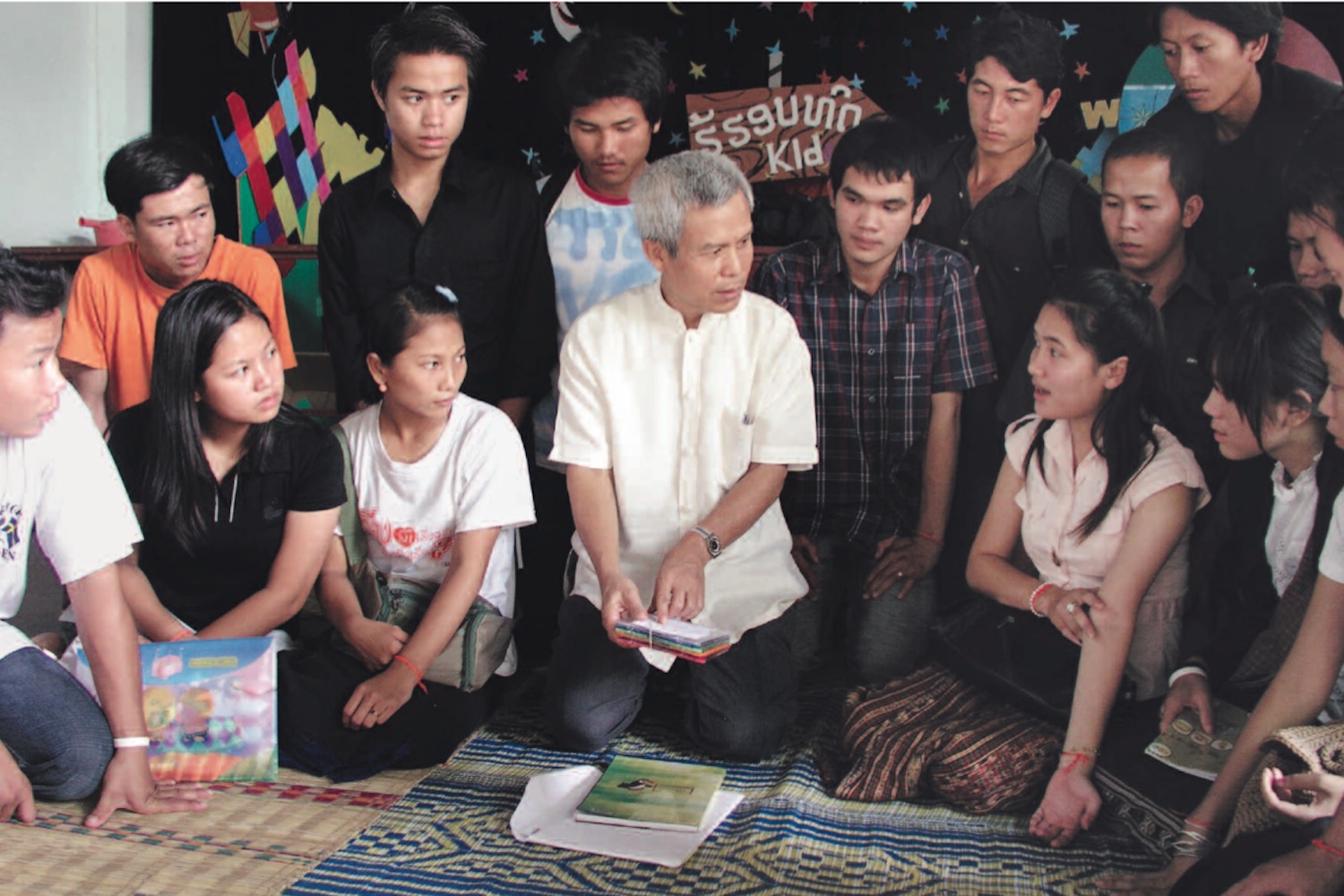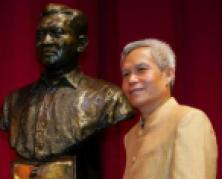 International Federation for Human Rights/Lao Movement for Human Rights (13 November 2014)
International Federation for Human Rights/Lao Movement for Human Rights (13 November 2014)
Paris, 14 November 2014: International donors should make their future aid commitments to Laos contingent upon the government’s tangible progress in addressing key human rights issues, FIDH and its member organization, the Lao Movement for Human Rights (LMHR), said in a letter to foreign embassies and major aid agencies in Vientiane on 13 November.
 On 14 November, Lao government officials and international donors gather in Vientiane for the 2014 Round Table Implementation Meeting. The event is designed for participants to review implementation of the country’s 7th National Socio-Economic Development Plan (2011-2015) as well as other issues discussed during the 11th High-Level Round Table Meeting in November 2013. Today’s meeting also provides an opportunity for the Lao government and international donors to share information and ideas regarding development policies and strategies.
On 14 November, Lao government officials and international donors gather in Vientiane for the 2014 Round Table Implementation Meeting. The event is designed for participants to review implementation of the country’s 7th National Socio-Economic Development Plan (2011-2015) as well as other issues discussed during the 11th High-Level Round Table Meeting in November 2013. Today’s meeting also provides an opportunity for the Lao government and international donors to share information and ideas regarding development policies and strategies.
In recent years, official development assistance (ODA) to Laos has steadily increased. ODA rose by 23% from US$630 million in the 2010-11 fiscal year to US$777 million in 2012-13. Regrettably, the commitment shown by foreign donors to improving the lives of the Lao people has not been matched by a similar willingness by the Lao government to promote and protect its people’s fundamental rights, FIDH and LMHR said in the letter.
“In Laos, a foreign aid bonanza has not translated into greater respect for human rights. The time has finally come for international donors to use their leverage and push the government to live up to its human rights commitments and obligations,” said FIDH President Karim Lahidji. Continue reading “International donors must press government on human rights issues”





